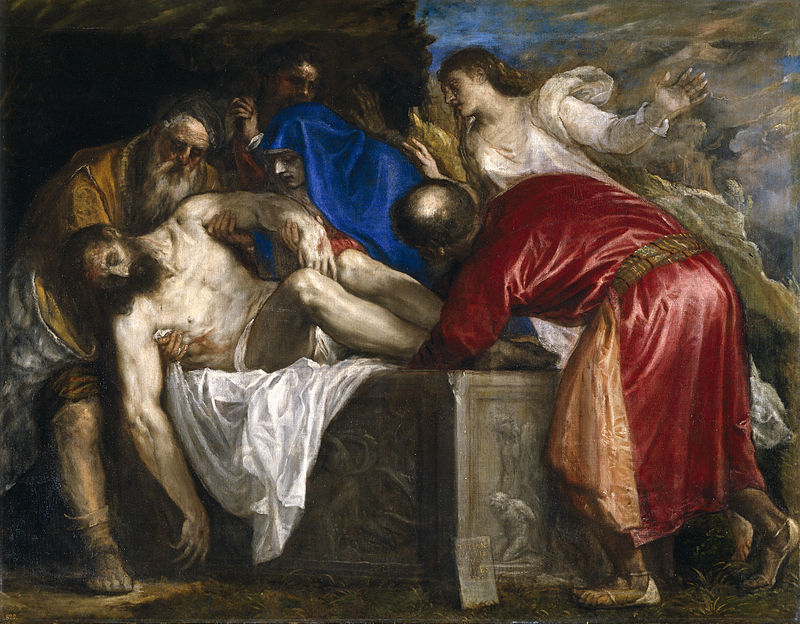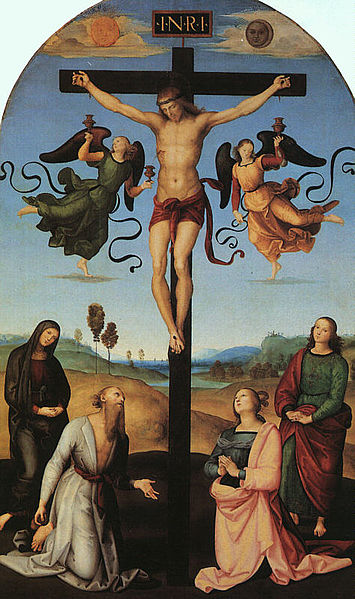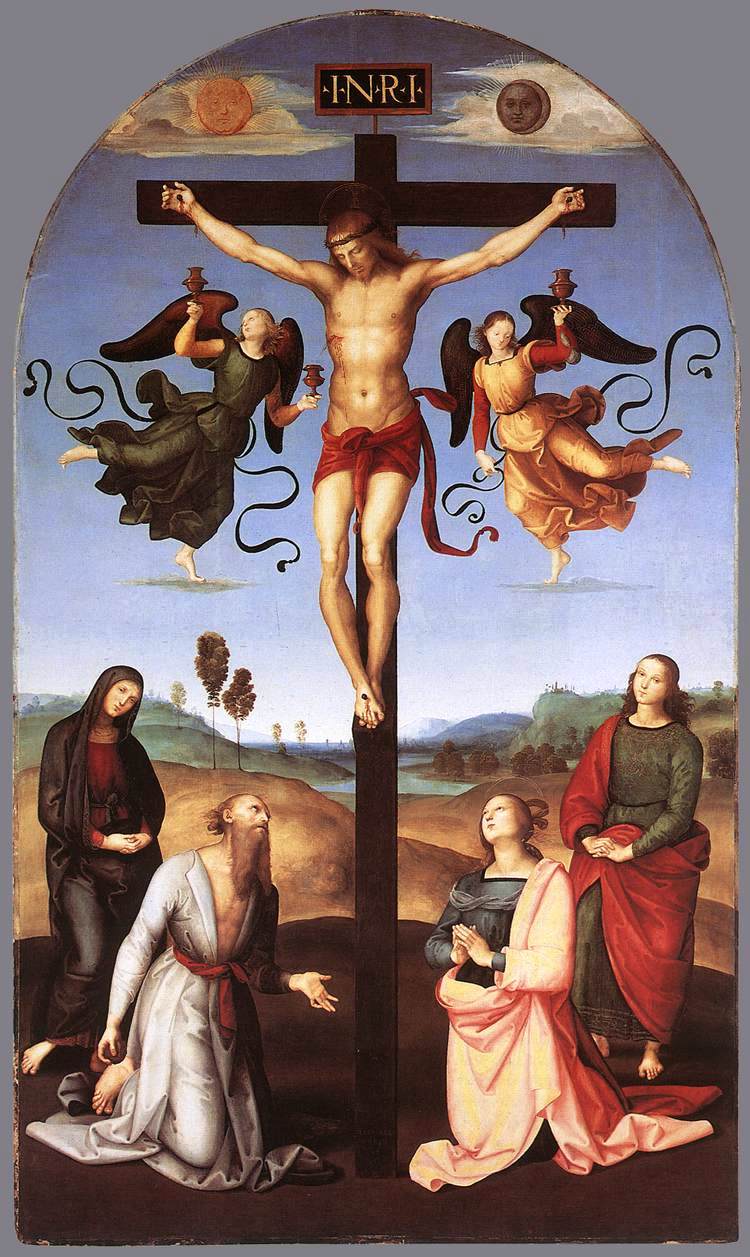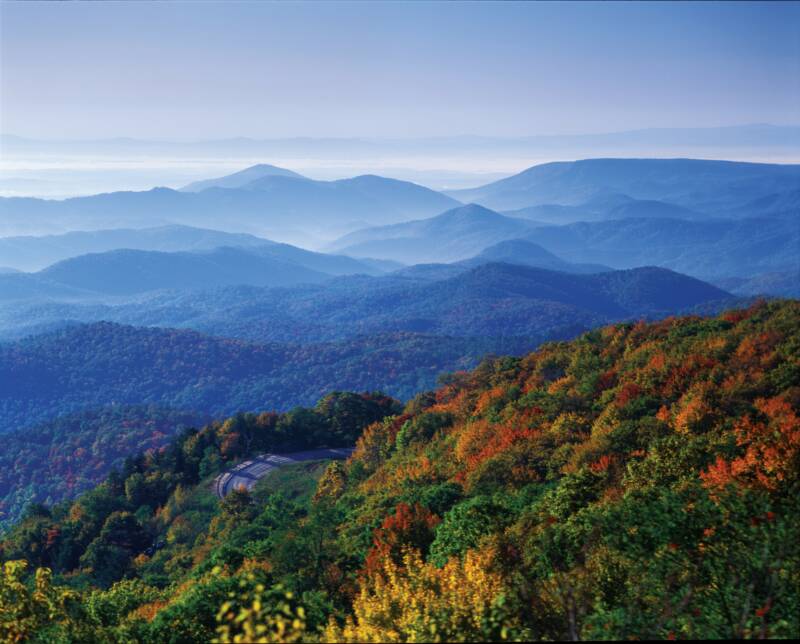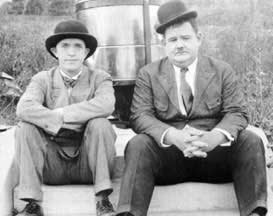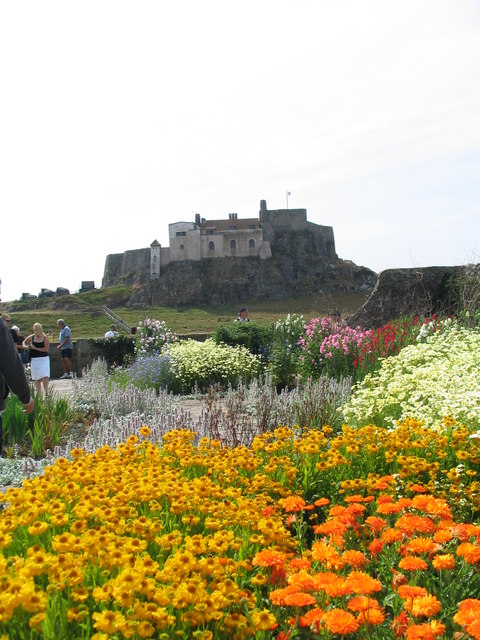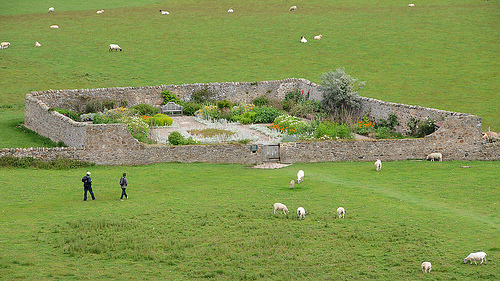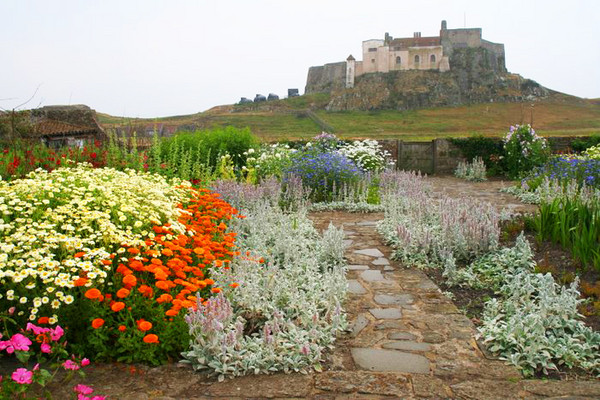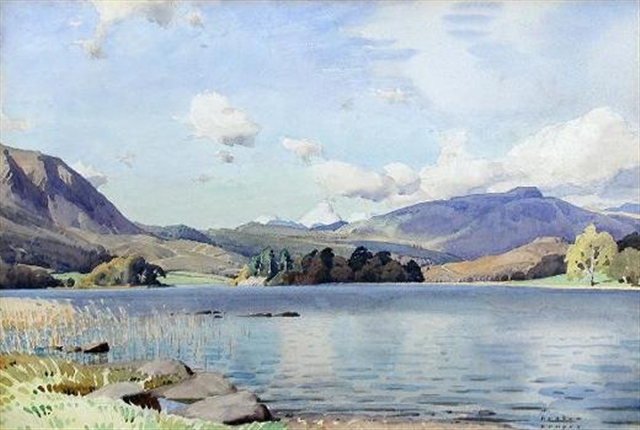 Titian is one of the greats of Western art. He lived from about 1480 to 1576, in Venice, and was active almost right to the end of his life. He began painting in the period of the High Renaissance and when he died was in the latter part of the 16th century which was characterized by individual artistic styles collectively called 'mannerism'. Titian's style, though individual to him when he established it, was highly influential and much of what characterized the baroque tradition of the 17th century was derived from his work. In some ways he can be considered one of the pioneers of the baroque style that dominated in the 17th century. This is important because the baroque is the one artistic traditions that Pope Benedict describes, in his book, the Spirit of the Liturgy, as being an authentic liturgical tradition.
Some people may be surprised, as I was, to discover that the High Renaissance (the style of Leonardo, Michelangelo and Raphael from about 1490 to 1525) is not considered fully and authentically liturgical (ie right for the Catholic liturgy). This is not to say that there are not individual works of art from these great artists that might be appropriate, but that it was not yet a coherent tradition in which a theology of form had been fully worked out, as was later to happen for the baroque. Pope Benedict argues that for the most part it was too strongly influenced by the pagan art of classical Greece and Rome and reveals the self-obsessed negative aspects of classical in a way that is not fully Christian.
Titian is one of the greats of Western art. He lived from about 1480 to 1576, in Venice, and was active almost right to the end of his life. He began painting in the period of the High Renaissance and when he died was in the latter part of the 16th century which was characterized by individual artistic styles collectively called 'mannerism'. Titian's style, though individual to him when he established it, was highly influential and much of what characterized the baroque tradition of the 17th century was derived from his work. In some ways he can be considered one of the pioneers of the baroque style that dominated in the 17th century. This is important because the baroque is the one artistic traditions that Pope Benedict describes, in his book, the Spirit of the Liturgy, as being an authentic liturgical tradition.
Some people may be surprised, as I was, to discover that the High Renaissance (the style of Leonardo, Michelangelo and Raphael from about 1490 to 1525) is not considered fully and authentically liturgical (ie right for the Catholic liturgy). This is not to say that there are not individual works of art from these great artists that might be appropriate, but that it was not yet a coherent tradition in which a theology of form had been fully worked out, as was later to happen for the baroque. Pope Benedict argues that for the most part it was too strongly influenced by the pagan art of classical Greece and Rome and reveals the self-obsessed negative aspects of classical in a way that is not fully Christian.
As a young man Titian trained during the High Renaissance and the influence of this can be seen in this early painting of his, the Enthronement of St Mark. At the feet of St Mark are Ss Cosmas and Damien on the left, and St Sebastien and St Roch on the right. This was painted in 1510 and one could be forgiven for thinking it was painted by Raphael. Notice how sharply defined all the figures and all the details are, even the floor tiles.
If you compare this with the following paintings we see how his work changed as he got older. The first is Cain and Abel painted in 1543; and the second is the entombment of Christ, painted in 1558. In the latter Joseph of Arimathea, Nicodemus and the Virgin Mary take Christ in the tomb watched by Mary Magdalene and Saint John the Evangelist.
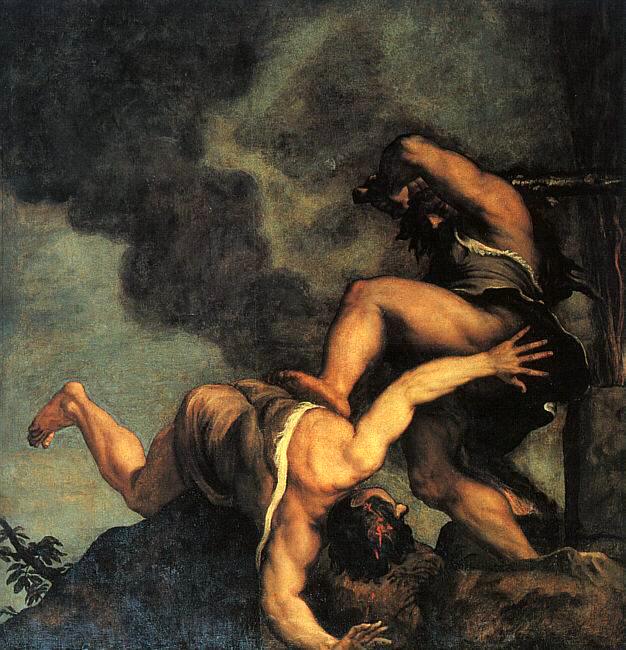
We can see how, in contrast to the first painted how diffuse and lacking in color much each painting is. The edges are blurred in many places and only certain areas have bright or naturalistic color. Those areas of primary focus are painted with sharper edges and with bright colors. This is done to draw our attention to the important part of the composition. He cannot apply bright color to the figure of Christ but notice how he uses the bright colors from the clothes of the three figures who are carrying him to frame his figure. In contrast the two figures in the background are depleted of color and detail. He wants us to be aware of them, but not in such a way that they detract from the most important figure. He uses the white cloth draped over the tomb in the same way, making sure that the sharpest contrast in tone, light to dark is between this and the shadow of the tomb. They eye is naturally drawn to those areas where dark and light meet and this is how Titian draws our gaze onto Christ.
It is suggested that this looseness of style in Titian's later works occured because as his eyesight declined, he was unable to paint as precisely as he had done as a young man. This may well have been what forced him to work differently, but if so, all I can say is, my, how he accomodated his handicap so as to create something greater as a result!
If we go forward now to early 17th century Rome, it is the artist Caravaggio who is often credited with creating the characteristic visual vocabulary of exaggerated light and dark of the baroque style. We have seen deep shadow and bright light before this time, but Caravaggio exaggerated it and embued it with spiritual meaning in a new way. The shadow represents the presence of evil, sin, and suffering in this fallen world; and it is contrasted with the light which represents the Light, Christ, who offers Christian hope that transcends such suffering.
This visual vocabulary of light and dark can be seen in the painting above. Notice how it is so pronounced that in this example we do not see any background landscape; all apart from the figures is bathed in shadow. One thing that Caragaggio does retain from the visual style of the High Renaissance is that generally his edges are sharp and well defined, even if partially obscured by shadow. Other artists looked at this and while adopting Caravaggio's language of light and dark, incorporated also the controlled blurring edges that characterized Titian. What we think of as authentic baroque art is a hybrid of the two.
Look at the following painting by the Flemish artist, Van Dyck, St Francis in meditation, painted in 1632:
We can see how much he has taken from Titian in this painting. Van Dyck trained under Rubens. As a young man in 1600, Rubens travelled to Italy where he lived for eight years. His travels took him to Venice (where he saw the work of Titian), Florence and Rome (where much of Caravaggio's work was). He was influenced strongly by both and passed on these influences to his star pupil.




